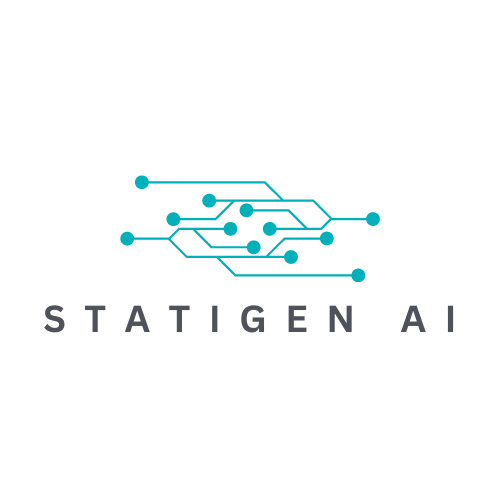AI-ML Models for Edge
Artificial Intelligence (AI) and Machine Learning (ML) have seen widespread adoption in various industries. However, with the rise of Internet of Things (IoT) devices and real-time analytics, edge computing is becoming increasingly significant. Understanding how to optimize AI-ML models for edge computing is crucial for businesses aiming to stay competitive. In this blog, we'll explore the ins and outs of building and optimizing AI-ML models specifically designed for edge computing environments.
The Need for Edge-Optimized AI-ML Models
In an increasingly connected world, the need for real-time decision-making has never been more critical. While cloud computing offers robust computational capabilities, it often falls short in latency-sensitive applications like autonomous vehicles, smart manufacturing, and real-time medical diagnostics. Moreover, the benefits of edge AI extend across various verticals, including retail for real-time inventory management, agriculture for precision farming, and utilities for smart grid management.
However, deploying AI-ML models at the edge is not without its challenges. Edge computing environments commonly operate under constraints such as limited computational power, energy availability, and storage capacity. These limitations necessitate the optimization of complex AI-ML models, originally designed for resource-abundant data centers, to function effectively in resource-constrained edge devices.
Types of AI-ML Models Suitable for Edge Computing
In edge computing environments, the choice of AI-ML model is critical due to resource constraints, latency requirements, and the need for real-time processing. Based on Statigen's extensive experience in this domain, here are some types of models that we've found to be particularly well-suited for edge deployments:
Lightweight Neural Networks: At Statigen, we've successfully deployed simplified versions of neural networks like MobileNets and SqueezeNets for applications such as real-time image recognition and object detection in medical diagnostics or chemical imaging.
Decision Trees and Random Forests: These models have proven effective in our projects ranging from sensor data analysis in smart farming to customer behavior prediction in retail.
Support Vector Machines (SVM): In Statigen's experience, SVMs are a highly effective choice for binary classification tasks due to their low memory footprint and high accuracy.
Computer Vision Models: We've employed specialized computer vision models like YOLO and SSD in projects involving real-time object detection and tracking.
Frame Similarity Recognition: This is a technique we've used to skip processing similar frames, thus saving on compute power in video analytics projects.
Natural Language Processing (NLP) Models: For text-based applications, we've deployed lightweight NLP models for tasks like sentiment analysis and keyword extraction.
Time Series Models: Our projects involving sequential data like predictive maintenance in manufacturing have effectively used models like ARIMA or LSTM.
Reinforcement Learning Models: In applications like robotics, we've used simplified reinforcement learning models to adapt and optimize behavior in real-time.
Model Optimization Techniques
To achieve effective AI-ML model performance in edge computing environments, various optimization techniques are necessary. These methods aim to curtail the model's computational complexity while maintaining its predictive accuracy—making it suitable for deployment on resource-constrained edge devices. At Statigen, we've successfully applied the following optimization techniques in our projects across sectors like healthcare, retail, and manufacturing.
Toolkits, Frameworks and Future trends
Several toolkits and frameworks are designed to facilitate the optimization of AI-ML models for edge computing. TensorFlow Lite and ONNX are examples that provide pre-built functionalities to convert and optimize models for edge deployments. These tools are invaluable in expediting the model optimization process.
The landscape of edge AI-ML is rapidly evolving. We can expect to see more specialized hardware for edge computing, like AI-optimized chipsets, that will make it easier to deploy advanced models. Additionally, the integration of 5G networks will further enhance the capabilities of edge AI systems, enabling even faster data transfer and lower latency.
Conclusion
Optimizing AI-ML models for edge computing is a multifaceted challenge that demands a deep understanding of both the software and hardware aspects. It's not just about building a good model; it's about building the right model for the right environment. As experts in this niche, Statigen is well-equipped to guide you through the complex landscape of edge AI-ML.
If you're looking to harness the full potential of edge computing through optimized AI-ML models, consult with the experts at Statigen. Our proven expertise ensures that your edge AI-ML projects are both technologically advanced and perfectly suited to real-world applications.


